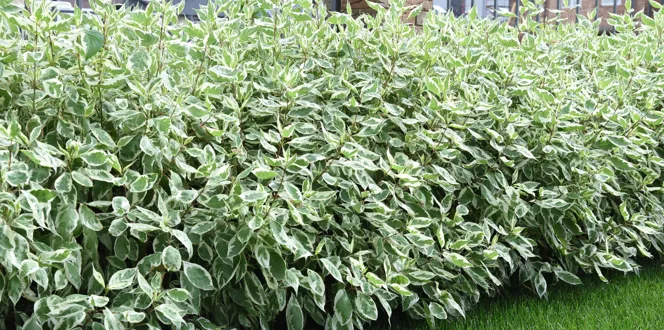Planting trees in spring or fall has long been a common practice for landscapers.
However, during the summer months, adding new trees may be required. So, does planting trees during summer really put the tree at risk?
Learn the rules for summer planting and why spring and fall remain the best times to plant new trees.
CAN YOU PLANT TREES DURING SUMMER?
Planting trees in summer’s heat may set them up for failure. Warm temperatures and dry conditions put stress on young trees as they try to establish themselves.
When stressed, new trees are quickly depleted of energy, which they need to survive winter and emerge healthy next spring. The same is true for transplanting trees in the summer, since they’re settling into a new spot. They will expend more energy developing new roots in less than ideal conditions which will stress them and prevent them from surviving.
If a tree must be planted in the heat of summer, it will require great care. Proper planting depth is extremely important, along with monitoring water supply to roots. In a case such as this it would be advisable to consult a local arborist.
WHY SHOULD I WAIT TO PLANT MY TREE IN THE SPRING OR FALL?
Spring and fall can be ideal times to plant trees.
The location certainly makes a difference in spring or fall planting success. Some experts recommend spring is the optimum time for those areas with harsh winters that can be tough on new trees, while fall is best in areas that have mild winters or drought conditions in the spring and summer such as the western states.
The key point is that trees need water during their transplant recovery and establishment, which is approximately those first six to twelve months.
Spring Tree Planting Pros And Cons
Planting in spring gives the tree a chance to grow through the summer and establish itself before winter.
During this time, it is developing new roots and leaves simultaneously. Both processes require a lot of energy from the tree.
A tree with a limited root system can have problems getting enough water for its leaves, which is why it can drop some leaves after planting if it doesn’t get enough. You need to water two to three times more than you normally would when you plant a tree in spring. Davey arborists share more tips and tricks on how to plant trees in spring here.
Fall Tree Planting Pros And Cons
Fall tends to reign supreme for tree planting because you’re planting when the tree is going into dormancy.
This means you are giving it time to get established in its new home before any aggressive growth begins.
Additionally, the roots develop and grow in fall, while the leaves change color and drop. You’re still watering your tree weekly until the ground freezes to make sure it is hydrated properly. Then the leaves develop and expand in early to mid-spring. Both roots and leaves aren’t competing to establish themselves at the same time.
The biggest con to fall planting is doing so too late. If the ground is too cold, this could make it tough for the tree to grow roots. The optimum planting time in autumn is usually mid-August to mid-October. Check out these fall planting tips for more best practices.





